Since the opening of Maine Maritime in 1941, the catchphrase hands-on has been used to describe the essence of learning at the academy. The first hardy cadets even made their own desks and installed a furnace in their “free time” to get the school going. They were soon making their way at sea in World War II.
But what does the phrase mean today when graduates compete for jobs on a global basis as technology evolves at lightning speed?
The examples defining this form of experiential learning and its value span every MMA department.
Emergency Room Real Time
To start, there’s the latest development in the Arts & Sciences class, Medical Person in Charge, taught by Assistant Professor Jeff Boal.
At the beginning of each semester, he shows a PowerPoint presentation on medical procedures to be learned in the weeks ahead. Most of the students casually watch and take notes.
After only a few slides, though, Boal shows a video taken from a U.S. Coast Guard medevac helicopter in the process of evacuating a crew member — a recent MMA student—from a ship off the coast of Alaska.
Maine Maritime becomes the first maritime academy to offer clinical placement for students.
All eyes in the class focus on the screen. The video is brief, and Boal notes the crewman recovered physically after receiving shoreside treatment. Yet, it leaves a deep impression.
“It hammers home the reality of what they are learning,” Boal says.
“I tell them, ‘All of these things I’m talking to you about, they are real, and your response needs to be decisive and real.’”
To enhance his students’ abilities, Boal recently arranged a formal clinical placement agreement with Waldo County General Hospital in Belfast, Maine to allow students to work and learn alongside medical professionals in the facility’s emergency room. This is a first clinical learning experience of its kind related to maritime academy education in the United States.
“Based on my own experience,” Boal says, “I wasn’t able to competently perform procedures until I actually had the opportunity to do them on patients; that’s the standard in emergency medicine. It’s not just the education, but the ability to perform.” (Boal received the MMA 2017 Excellence in Teaching Award, which is earned through nominations by both current students and alumni.)
Floating Classrooms
Designed to develop practical skills, sea time—including training cruises, cadet shipping and vessel operations—is the most prominent hands-on, minds-on experience students acquire that bridges degree programs, such as engineering technology and operations, and marine transportation.
And among all the classrooms at MMA, none stands so unique as the TS State of Maine (TSSOM), recently returned from a six-month dry dock refurbishing and now being prepared for its annual summer cruise (see Ready to Cruise.)

Student doing maintenance work aboard Capt. Susan J. Clark
While at the waterfront, the ship is used for training, from watchstanding, fire and lifeboat training to ship familiarity and maintenance. Come May, TSSOM will depart for its annual training cruise with some 300 freshmen and junior midshipmen who will bring what they’ve learned ashore, be it in the bridge simulator or the navigation lab, as they come aboard for one of their ultimate hands-on experiences.
“When they pass from the gray-green water of the Gulf of Maine into the Gulf Stream where it turns deep indigo blue, the cruise really takes hold of the students’ interest and sense of the bigger world,” says Capt. Leslie Eadie, associate professor and Master of TSSOM, “that, and the first storm, where it can become hard to teach when your whole class is sliding back and forth across the deck.”
No matter, the work must be done, whether it’s navigating through heavy traffic in the Straits of Gibraltar or cleaning the head.
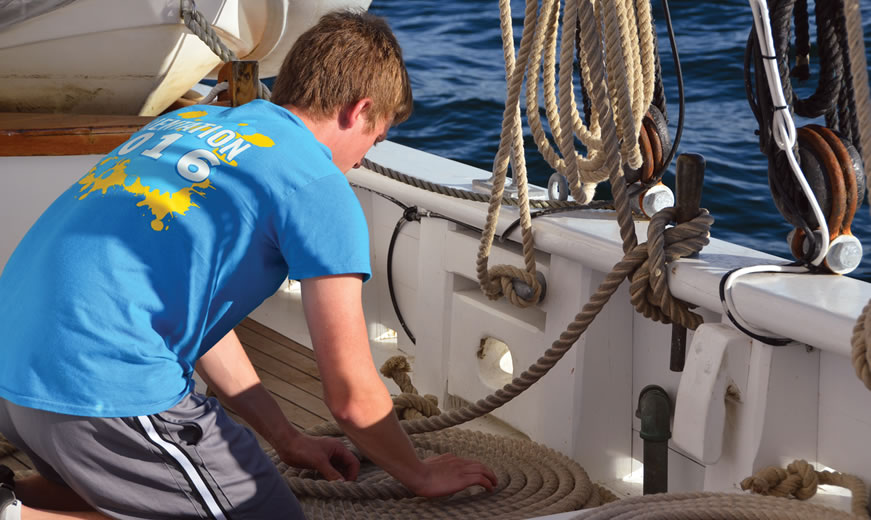
Student squaring away rigging line aboard Bowdoin
Back at the Castine waterfront, the schooner Bowdoin departs each summer for annual cruises that offer the most elemental hands-on experience at sea. There’s plenty to be learned from sailing a gaff rigger to windward. (This summer Bowdoin is bound for ports from Cape Cod to Newfoundland.) And, among nearly 60 other MMA vessels, the tug Pentagoet grooms a deft touch at maneuvering other vessels and the R/V Friendship at handling state-of-the-art research equipment.
Valued Assignments
Cooperative education is another proven way to combine classroom-based education with practical work experience. The model works because the education is relevant, the experience is real, and it often leads to job offers.
Introduced in 1967, Cadet Shipping became MMA’s initial version of cooperative education. This innovation is unlike the traditional training cruise for unlimited license candidates as it places students on working vessels in the merchant fleet for “on-the-job” experience.
“As a retired professional mariner,” notes William Mahoney ’56, “I can say, as I have for years, Cadet Shipping is the most important program in the MMA curriculum for the future Mariner. Nothing else compares to the value of these assignments.”
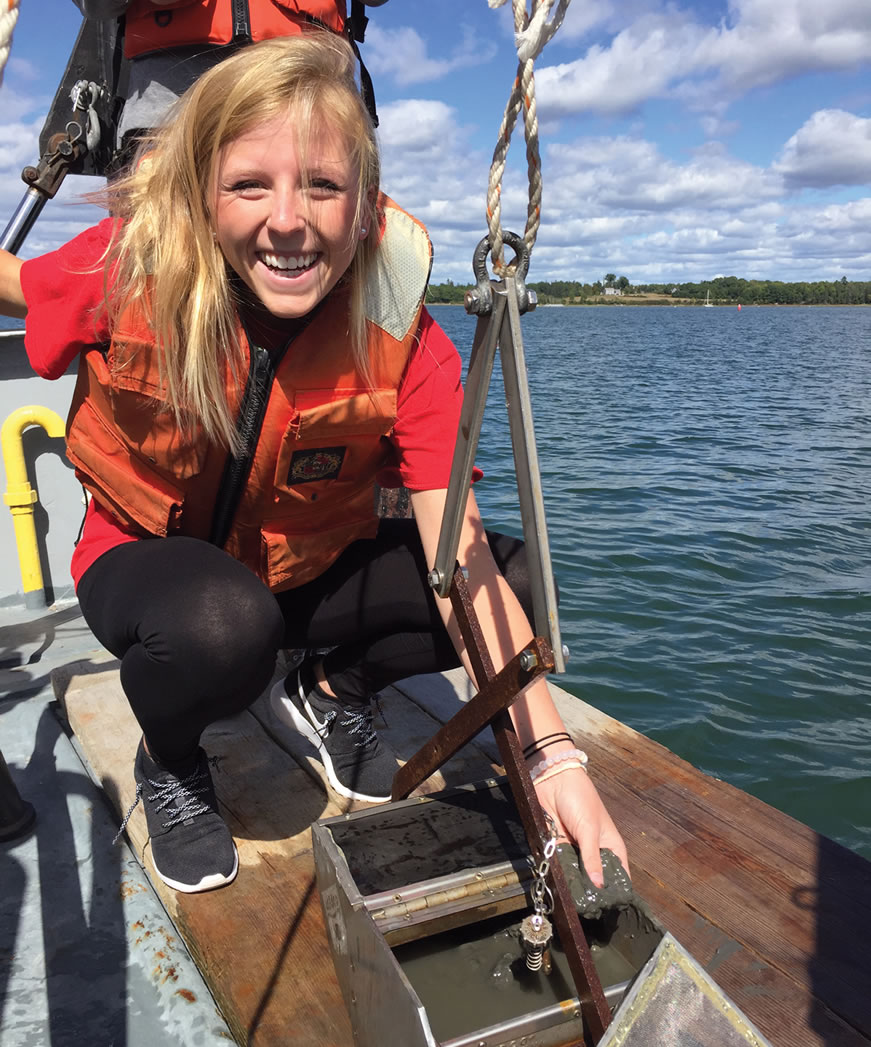
Student collecting sediment samples aboard R/V Friendship
Due to their success, co-op experiences are incorporated into the majority of MMA programs that have been added to the curricula over the years. In addition to more than 120 cadet shipping billets, there are industrial co-ops for Marine Systems Engineering, Power Engineering, Vessel Operations and Technology and International Business and Logistics positions.
“We are no longer just the Cadet Shipping Office,” says Capt. Joe Curtis ’97, Director of Career Services and Cooperative Education. The department’s latest initiative, Your Career Starts Now!, involves working with first- and second-year students to develop business soft skills, such as resume writing, interviewing and networking.
Cruise Toward Career
Sally Jarmusz, a junior, class of 2019, studying Marine Science and Small Vessel Operations, used all these skills and her passion for boats and the ocean to obtain an internship aboard one of the world’s premier, high-tech research vessels, the Schmidt Ocean Institute’s R/V , in a recent trans cruise in the South Pacific.
“Studying Marine Science and Small Vessel Operations is the best of both worlds for me,” she says, “as I get to pursue both science and boating through incredible hands-on opportunities.
“I want my career to combine these two disciplines, so when I looked for internships, I was drawn to working on research vessels. I learned from Julianna Diehl ’17 about her experience aboard the Falkor, and I knew I had to apply!” Jarmusz was accepted and boarded the ship in December for a 20-day portion of a cruise with the mission of mapping the Ellice Basin near the Phoenix Islands Protected Area.
Jarmusz interned aboard one of the world’s premier research vessels in a South Pacific mapping project.
“I assisted the marine technicians, which primarily consisted of operating Falkor’s multibeam sonar and processing data,” she says. “The majority of my watches were spent in the Science Control Room, monitoring the sonar, cleaning the resulting data using a software called QPS Qimera, and even getting to make a 3-D fly-through video of the compiled data from the cruise. I also launched XBTs (expendable bathythermographs) that calculate seafloor depth to assist the sonar operations.”
The most valuable experience for Jarmusz was learning from and assisting the marine technicians. “Their dedication is incredibly inspiring, and having this opportunity to learn from them has driven me forward to pursue my dream of one day working on a research ship.”
As scientists in training, Ocean Studies students, such as Jarmusz, make observations in the field and in the lab, dive deep into the scientific literature and collect the data they need to answer the questions they have about the world. Because of the unique nature of MMA, they have a pallet of tools available to them that are typically beyond the reach of undergraduate students: a dedicated research vessel (Friendship), a fleet of small boats, oceanographic equipment, a flowing sea water wet lab, a scientific diving curriculum, and close faculty mentorship.
Power Engineering Process
Most MMA degree programs, such as Power Engineering, offer a blend of hands-on, minds-on experiences to challenge and engage students, and ultimately help them develop skill sets sought after by employers.
The Power Engineering Technology (PET) major is built off the programs leading to an unlimited marine license and incorporates on-campus and shore-side field experience activities as part of the required curriculum.
“This includes labs where PET students are often beside their marine program peers,” says Professor Mark Coté, Power Engineering Coordinator, “but also simulated power plant operations laboratories using industry-standard simulators, and two summer cooperative education experiences at operating industrial facilities.”
When the Power Engineering Operations (PEO) program was added in 2010, it included additional hands-on experience, requiring that students complete two semesters in the Machine Tool Laboratory, participate in ship’s maintenance during the academic year, and complete the full MMA fire-fighting program.
Theory Into Practice
Marine engineering degree programs also take advantage of complementary labs and co-op experiences but provide additional twists of their own that make them among the most highly regarded courses of study at MMA.
“The Marine Systems Engineering (MSE) program is set apart from the engineering technology and operations degrees in a couple of ways,” says Associate Professor Doug Read. “First, MSE students have land-based industry internships. Five-year students (who acquire a Coast Guard license) have one, and four-year students (non-license track) have two.
Interactive virtual reality video of the Bridge Simulator. (IOS (Apple) device users may need to open this video in the YouTube app for full VR functionality. Access the YouTube app typically by clicking on the YouTube icon.)
“Second, the MSE capstone is frequently tied to new and ongoing funded research projects from MMA faculty,” says Read. “The capstone is certainly a hands-on experience, as students have to build and test something.”
Recent projects include: biofuel and diesel fuel additives; diesel fuel emissions testing and lab equipment design; thermo-electric material production and testing; and a trimaran fishing vessel model testing and design.
And MSE students gain the same hands-on experience as the Marine Engineering Technology and Marine Engineering Operations students, says Read. “They take machine tool and welding, and all the same labs—thermo-fluids, fluid power, power equipment, and others.” They also participate in training cruises and, for the license track students, cadet shipping.
“Many engineering programs focus on theory,” Read says. “Ours have both the hands-on and the theoretical classroom experience, which makes them unique from, say, a traditional mechanical engineering program.”
The versatility gained from MMA programs has landed marine engineering graduates in jobs, ranging from design firms and shipyards, such as Bath Iron Works and Portsmouth Naval Shipyard, to innovators in renewable and alternative energy, such as NextEra Energy and Tesla.
Applied Technology Labs
- Operating Marina
- Travel Lift
- Steam Power Plant Lab
- Diesel Power Lab
- Visual Bridge Simulator
- Planetarium
- Saltwater Aquaria and Wetlab
- Liquid Cargo Simulator
- Welding Lab
- Professional Machine Shop
- Marine Equipment Lab
- Marine Science Labs
- Cell Biology Lab
- Power Plant Simulation Labs
- Computer Aided Design Lab
- Electrical Fluids Labs
- Electronic Navigation Lab
- Refrigeration Lab
- Power Equipment Lab
- Engineering Science Lab
Business School’s Success
“Every company operates a supply chain,” says Donald Maier, Dean of the Loeb Sullivan School of International Business and Logistics (IBL). “That creates demand for our students and provides them opportunities for related experience and work in industries around the U.S. and globally, even early in their course of studies.
“We begin the hands-on experience with freshmen in our Introduction to Supply Chain course,” Maier says. “The subject matter culminates in a final semester group project in which students research a product’s supply chain, from the earth (raw materials) to the shelf (finished goods). That project is referenced throughout the next four years.” Each semester thereafter builds on this experience through more group projects.
In his freight transportation course, Assistant Professor Kirk Langford trains sophomores to use MercuryGate, Transportation Management Systems (TMS) software. Students earn a TMS Certificate, another bullet point to their resumes.Other examples include students working in the new Logistics Operations Center, analyzing “big data” and simulating a manufacturing process.
Graduate students participate in an experiential field experience visiting a particular region. They recently traveled to Port Canaveral, Florida and met with multiple MMA alumni, including Capt. Jim Murray, CEO of Port Canaveral.
The experience also adds value since all graduate students become certified Maritime Port Executives through the International Association of Maritime Port Executives (IAMPE).
“Our on-campus graduate students also complete a Live Case-Study,” Maier says. “Unlike hypothetical paper cases, a problem statement is developed between faculty and an actual client facing a real business situation. Students collaborate to develop either a marketing or strategic plan for the client.”
This capstone project is completed in six weeks versus a traditional 14-week semester on strategy. Some of the organizations IBL has worked with include Cianbro, Bangor International Airport, Hinckley Yacht, and MITC/Maine Port Authority.
Skills in Demand
The programs cited in this article are among many at MMA that involve hands-on, minds-on learning through activities that engage students’ physical as well as mental skills, often in real-world situations and scenarios.
It’s what makes the academy a unique learning environment, has led to MMA’s ranking as one of the top public colleges in America, and creates a can-do spirit in graduates of which many companies are in need.
Companies want employees and leaders like our students who think critically and solve problems in practical ways.
“Companies want people who can do more than just work-related tasks,” Maier says. “They want employees and leaders like our students who think critically and solve problems in practical ways.”
For MMA students, the future is in their hands and minds.█
Photos: Maine Maritime Academy
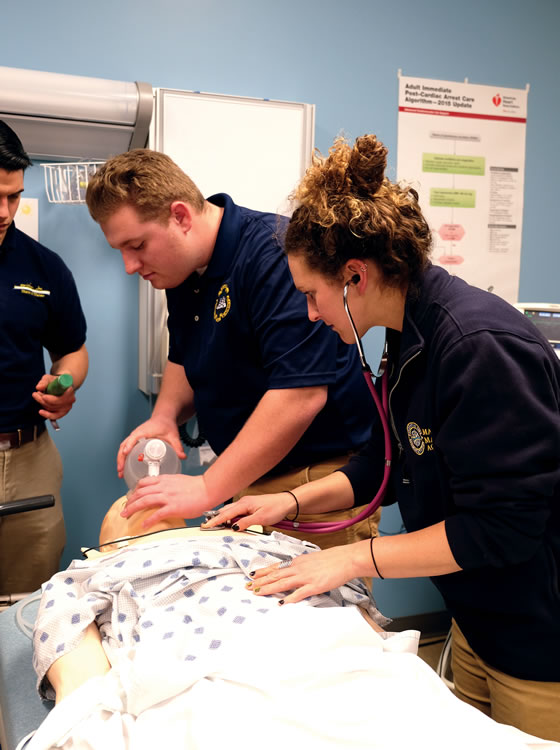
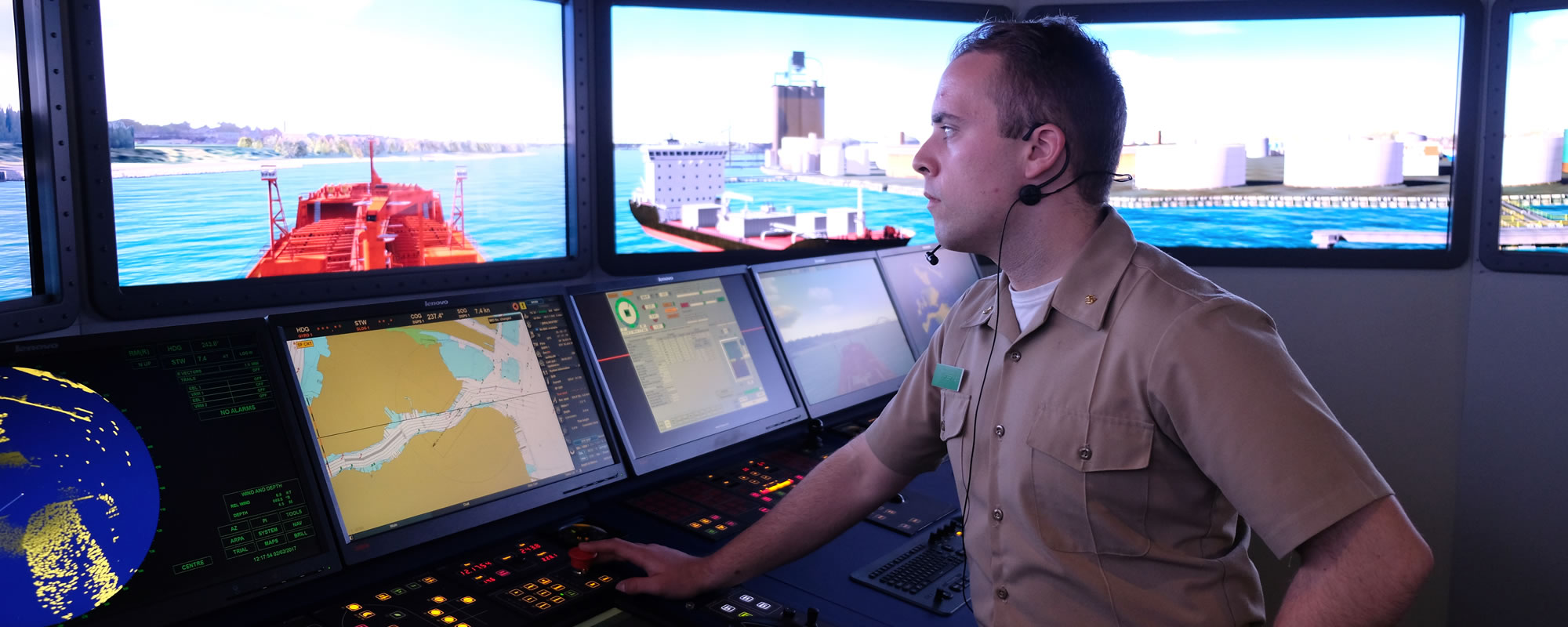
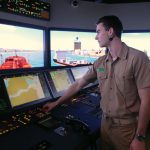
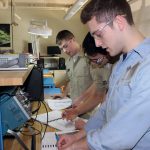
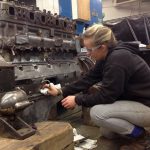



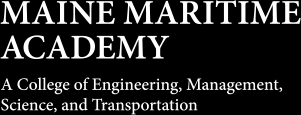
Post Comment
Comments are moderated and will be reviewed prior to posting online. Please be aware that when you submit a comment, you agree to the following rules:
Maine Maritime Academy reserves the right to delete any comment that does not comply with these guidelines and is not responsible or liable in any way for comments posted by its users. If you have a message for the editor, please email mariner@mma.edu.
Features
View All >Read More
Read More